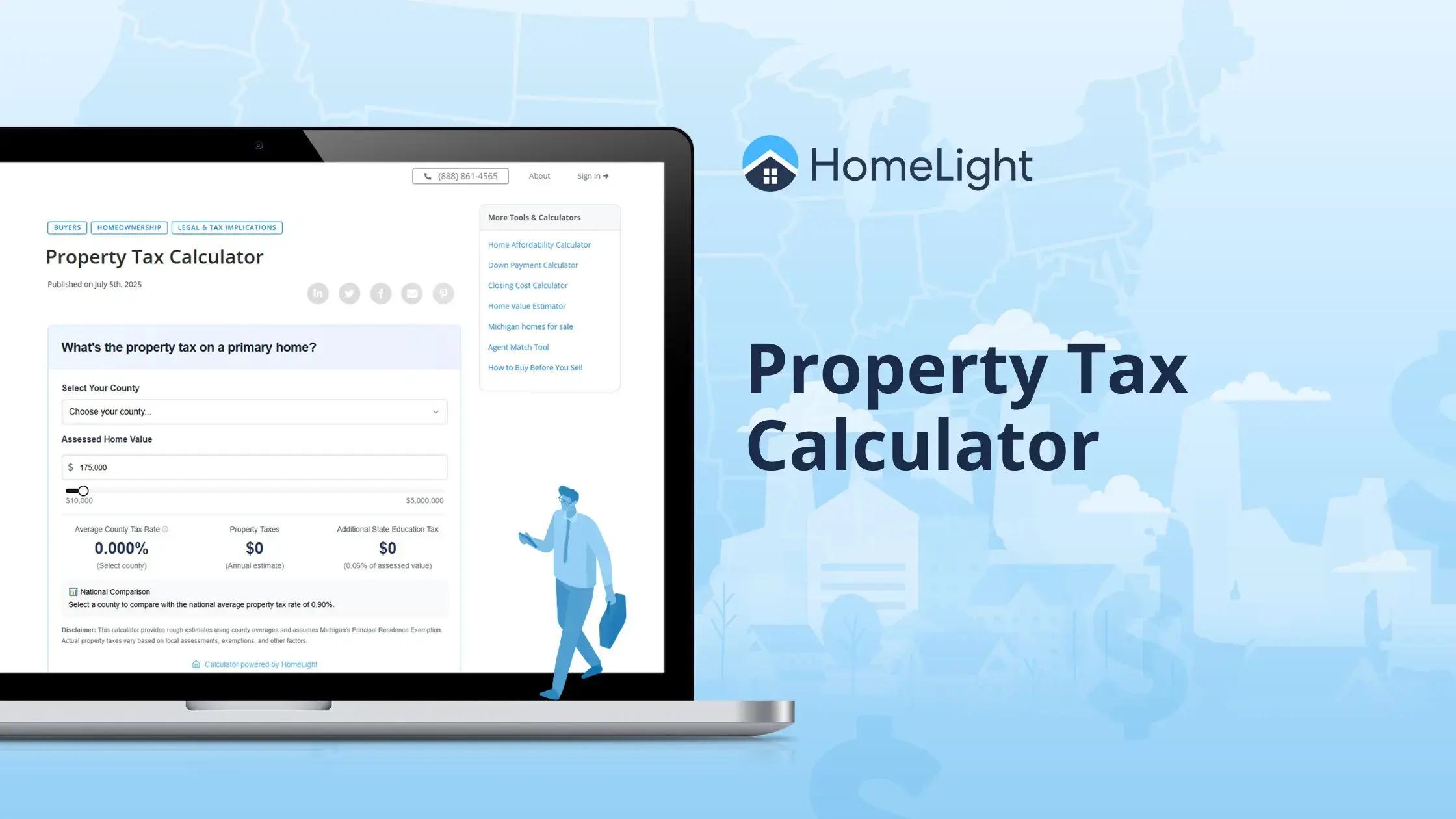
Chances are, if you’re buying or selling a house, you’ve heard of the MLS, or multiple listing service. You may already know listing on the MLS gives you an advantage when it comes time to broadcast your home sale to the world. But you’re probably still left wondering, “What is the MLS, and how does it work?” We connected with top-selling real estate agents and MLS experts to track down the answers. Here’s what you need to know about the MLS before you buy or sell a house. The multiple listing service (MLS) is a marketplace of home listings that a group of real estate agents or brokers compile. As Andrea Swetland, a top-selling San Francisco real estate agent with 30 years of home-selling experience, explains, the MLS lays out available listings for both buyer’s agents and seller’s agents — making it easier to pick out the right property for their clients. “The MLS is a marketplace that enables buyers to look for the listings available on the market, and it allows for sellers, through their agents, to announce listings to the market and to other agents,” she says. “It’s a platform that allows agents to do deals together with separate representation for buyers and sellers.” Although most agents will refer to “the MLS” as if it’s a single system, there are actually many MLS databases scattered across different regions. Even though a city or region may run its own MLS, real estate agents can often access multiple MLS systems at a time. “I think every city area has their own way of doing things, but, for example, I belong to the San Francisco Association of Realtors’ MLS. Through them, because of the partnerships that they have with the other MLS systems, I can basically look up properties all the way from Sacramento to, let’s just say, the Monterey area. Even though I don’t belong to all of the other MLSs, we provide an informational portal search together.” For home sellers, listing your property on the MLS will let you send the details of your home sale to as many potential buyers as possible. But if you think you can just pop onto the MLS on your own and post your listing, you may be disappointed. In order to post on an MLS, you need to be a member of that MLS’s organization. “You have to be a member of the MLS,” explains Swetland. “You have to be an agent because you’re going to be posting the listing that you’re bringing onto the market.” Unless you’re a real estate agent yourself, you have a few options if you want to list your home on the MLS: Like sellers, homebuyers need to hire a buyer’s agent to access the MLS directly. However, homebuyers can access parts of the MLS indirectly through online home sale listing sites. Some popular examples are Zillow, Realtor, and Redfin. These sites automatically pull some information about home listings off of the MLS and publish it. Still, buyer’s agents can access the full MLS with a complete view of listings. They also often see home listings across multiple MLS systems through partnerships, and they may even hear about listings early through their connections with listing agents. For real estate agents, the MLS pushes potential home listings out into the open. That means buyer’s agents have a chance to find the best possible options for their clients, and a seller’s agent can show off listings to as many potential buyers as possible. As Swetland explains, “It should be the one place that all of the agents feed information to so that it can even the playing field, and everybody can access the same information.” As we mentioned earlier, there isn’t just one MLS. So you may still be wondering, “How many MLS systems are there?” According to the Real Estate Standards Organization (RESO), there are about 560 MLS systems in the United States. The same group says there are close to 40 MLS systems in Canada. An MLS listing is the full profile describing the details of a seller’s property. That includes the listing price, along with important property features. Charlotte Ferguson, a real estate agent who ranks in the top 1% of agents in the Atlanta metropolitan area, says anyone who creates an MLS listing should be sure to include professional photos. “Pictures are worth a million words,” says Ferguson, “so it’s important to hire a professional who will capture the best photos of your home.” If you’re working with the MLS, you may hear the term “MLS number.” This is a number that’s assigned to each property that’s listed on the market. “When we bring up a property, and even if you’re on Redfin or Zillow, you’ll see that there is an MLS number,” says Swetland. “The MLS number identifies what association owns the listing and what the specific number is to that property.” Swetland says that MLS numbers make it easy for real estate agents to search for and track down a specific property. “If, for example, your client says, ‘Hey, I saw this property, I’d really like to see it, here’s the MLS number,’ but doesn’t send me the address, I can look it up by the MLS number. If they only send me an address, then I go into the MLS, and there’s a search bar to put the address in as well.” Multiple listing services spark advantages for buyers, sellers, and real estate agents. Here are a few reasons why: MLS benefits for sellers
The MLS allows home sellers to spread the details about their property to as many potential buyers as possible. That helps them find more bidders and raises their chances of selling for a better price. Swetland explains: “The MLS provides the marketplace so that sellers have the ability to get the most money they can for the property, and buyers have a chance to get the best deal that they can by looking at the comps (comparable nearby homes), et cetera.” MLS benefits for buyersBuyers also benefit because they can see a full marketplace of listings and housing options. In addition to pushing home details front and center, MLS listings also help buyers get a sense of typical pricing and home availability in an area. MLS benefits for real estate agentsThe MLS also gives real estate agents a single source to browse homes and connect sellers with buyers. In turn, both buyer’s agents and listing agents can present their clients with more options. “It gives agents the ability to find all the listings in one place,” says Swetland, “so the sellers actually know that they’re getting the most money for their property because it’s being advertised to all the agents and buyers that are looking. For the buyer, it gives them the ability to see all of the active listings and make an informed decision rather than just being at the mercy of whatever.” The MLS is an important tool for both home sellers and homebuyers. It provides a full marketplace of available properties and helps create a more transparent transaction process. But you will need the help of an agent to access the MLS. Want to find an experienced real estate agent in your area? HomeLight can connect you with a top-performing, trusted agent in your market. We analyze over 27 million transactions and thousands of reviews to determine which agent is best for you based on your needs.What is a multiple listing service (MLS)?
How does the MLS work for home sellers?
How does the MLS work for homebuyers?
How does the MLS work for real estate agents?
How many MLS systems are there?
What is an MLS listing?
What is an MLS number?
Benefits of using a multiple listing service?
Unlock all the benefits of the MLS


